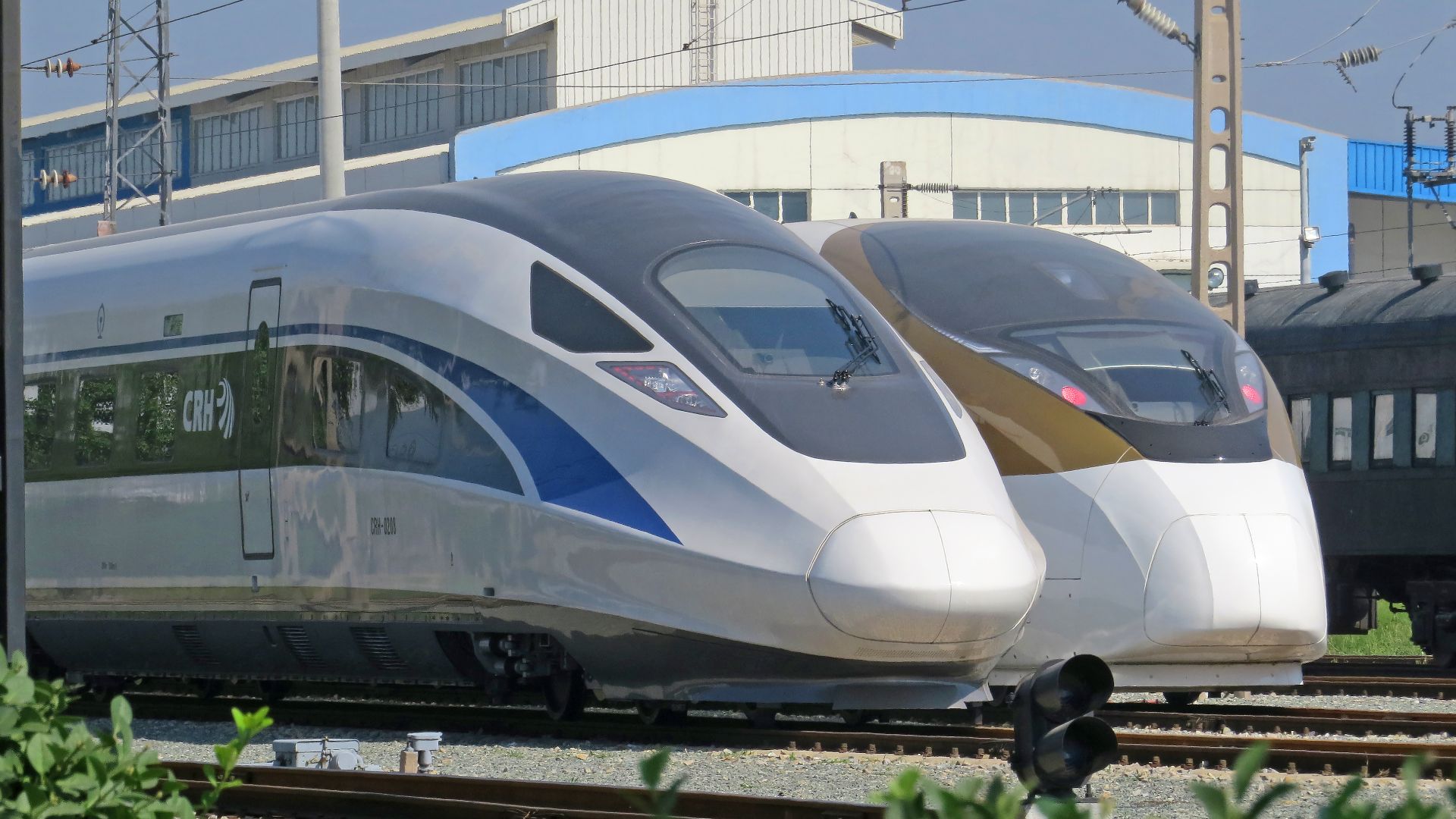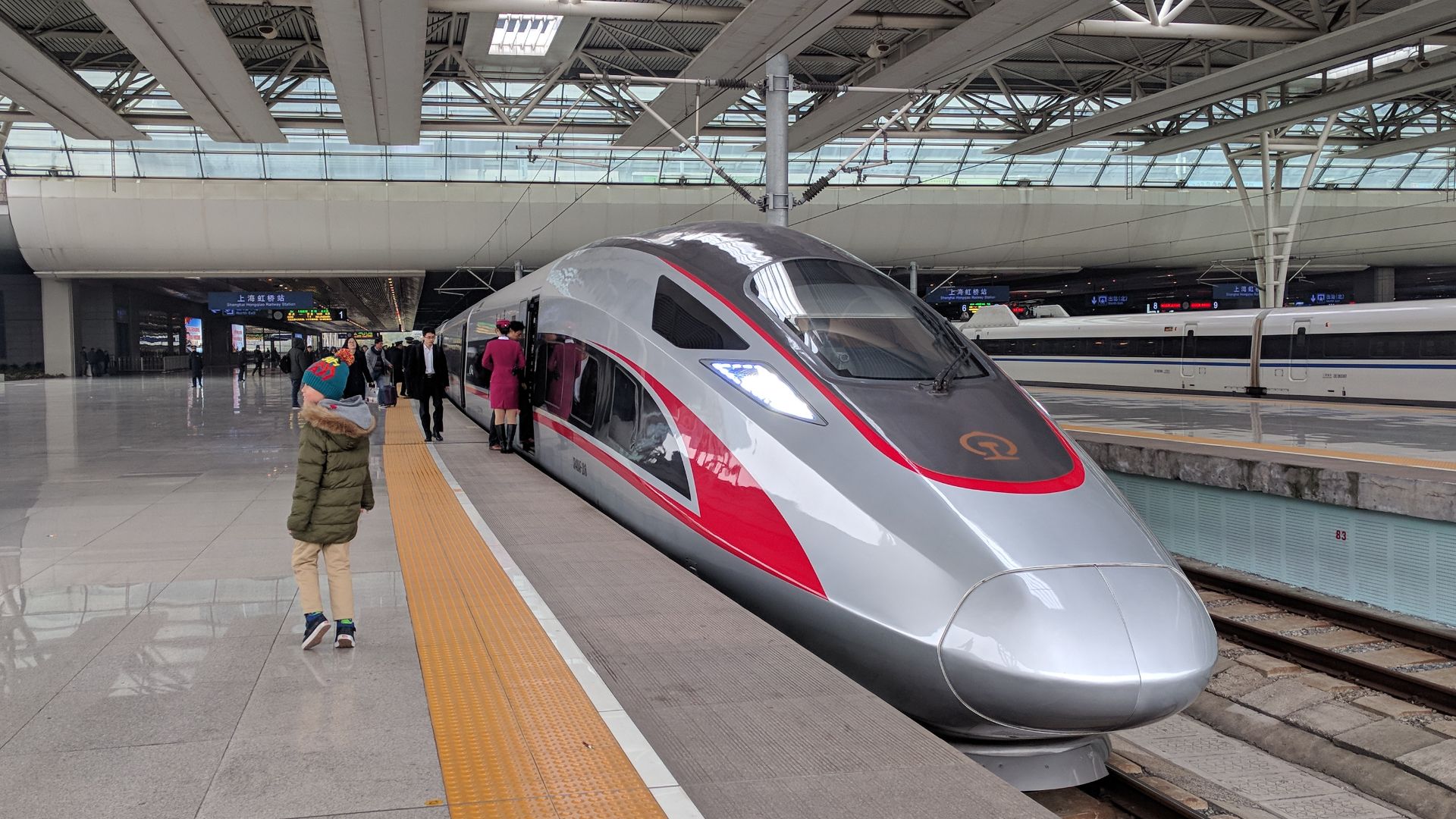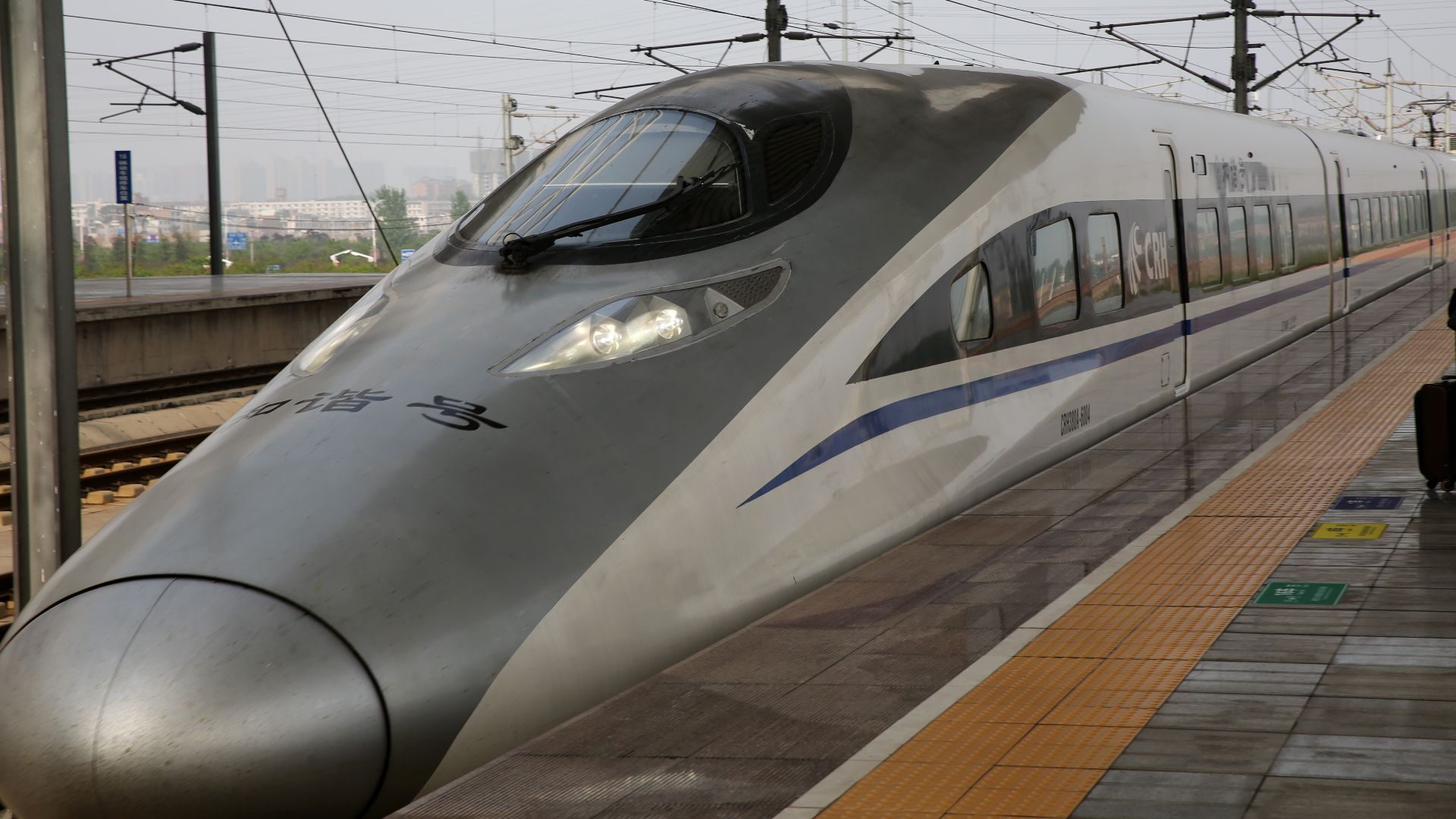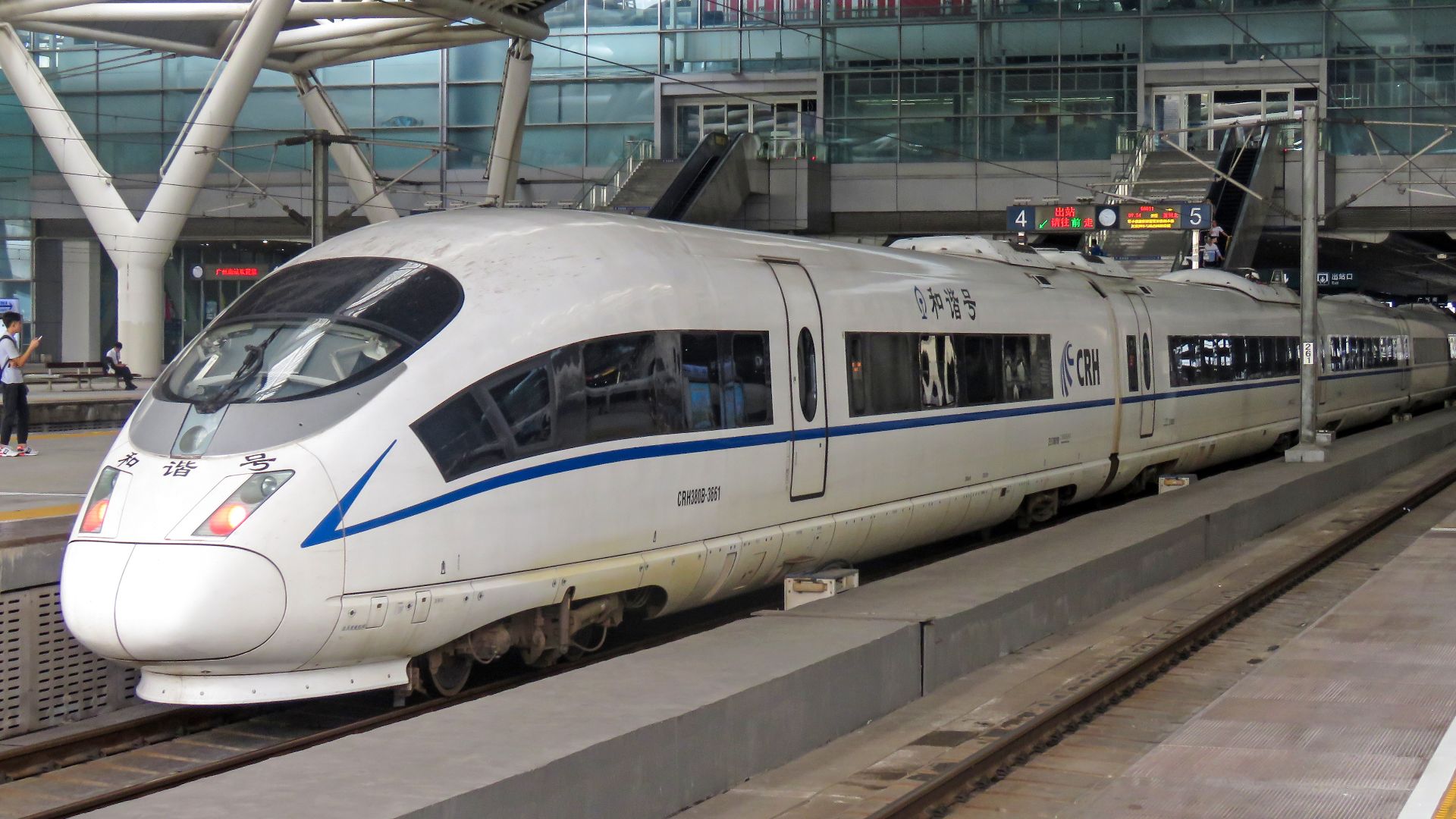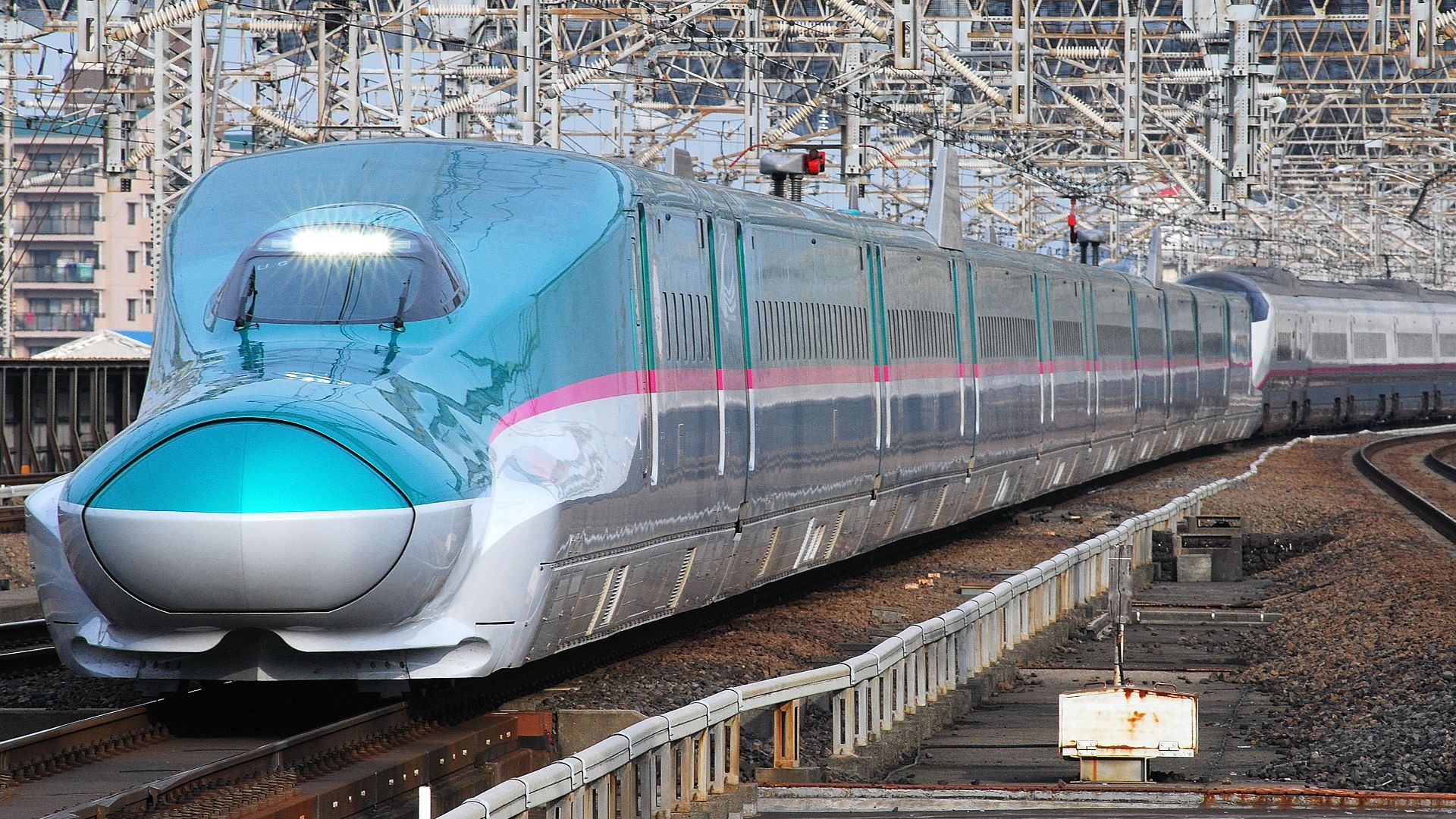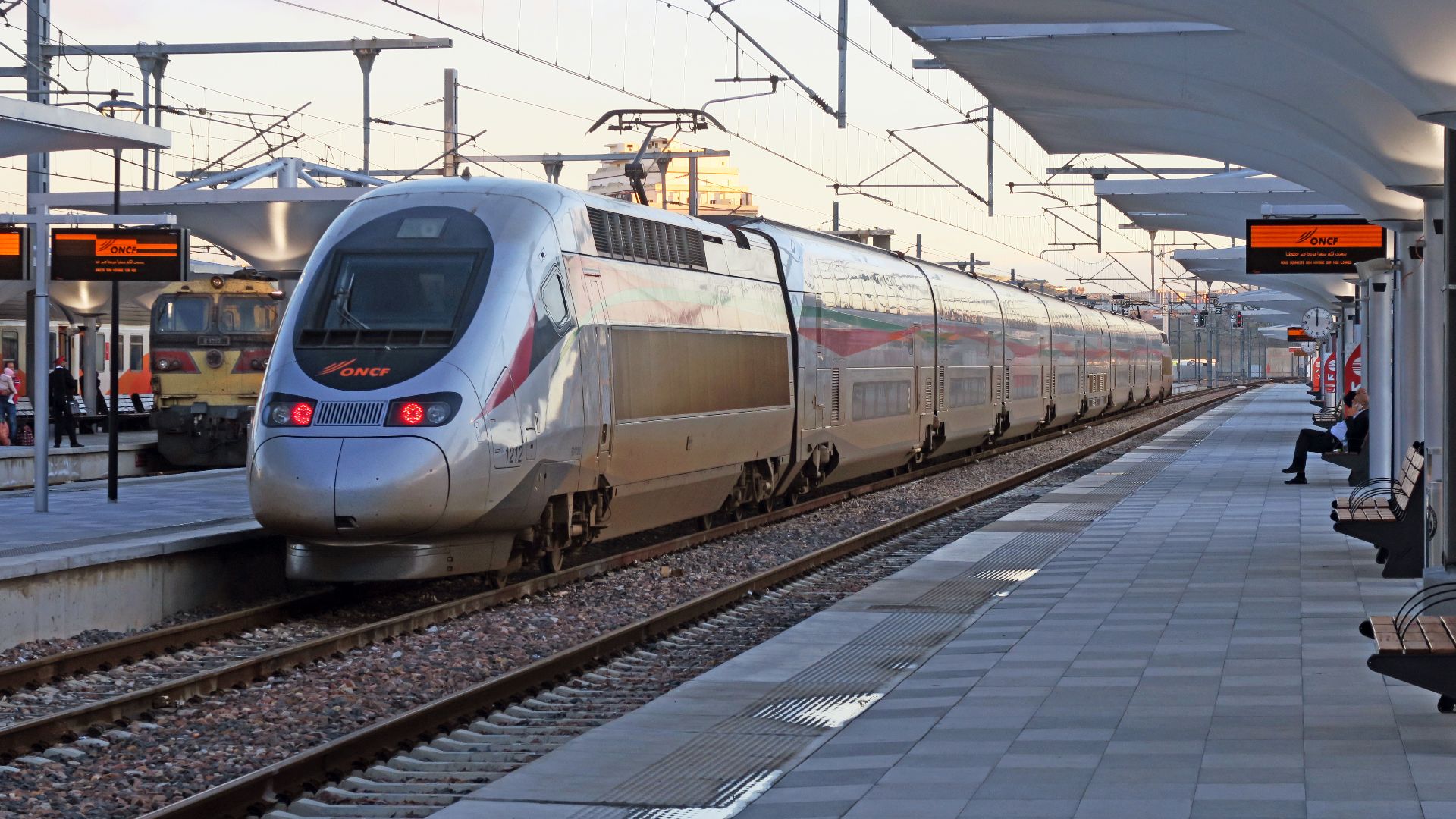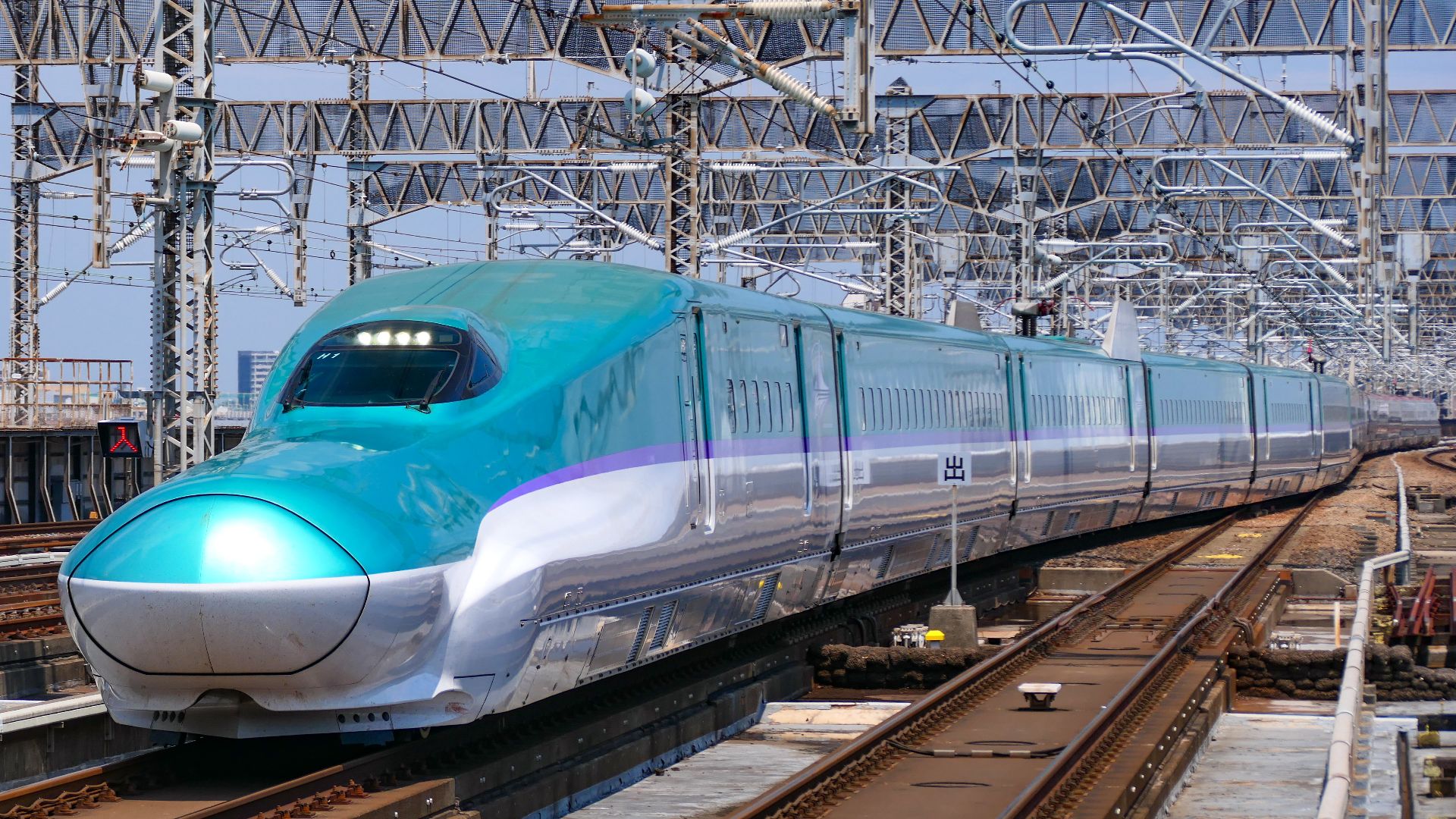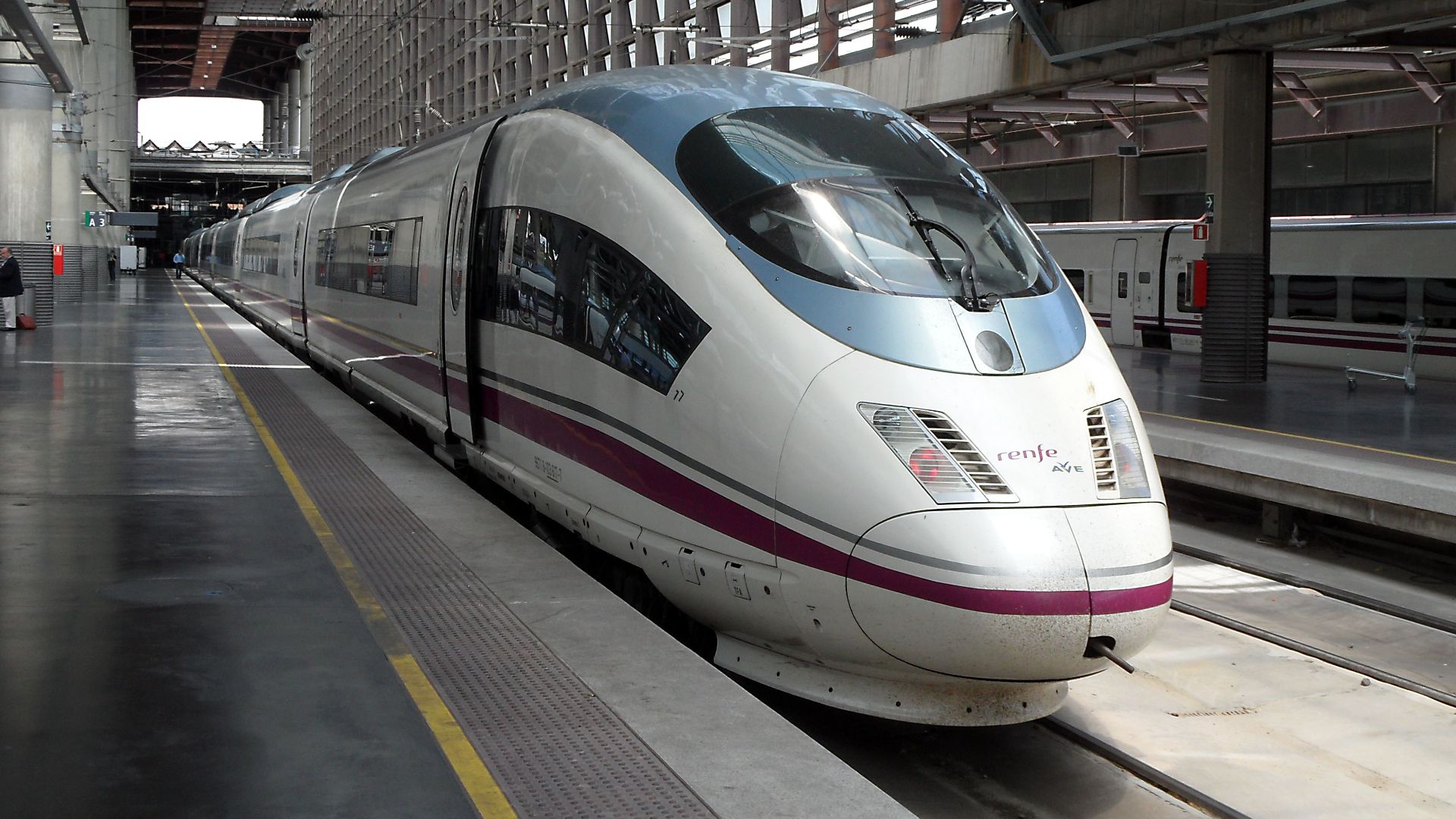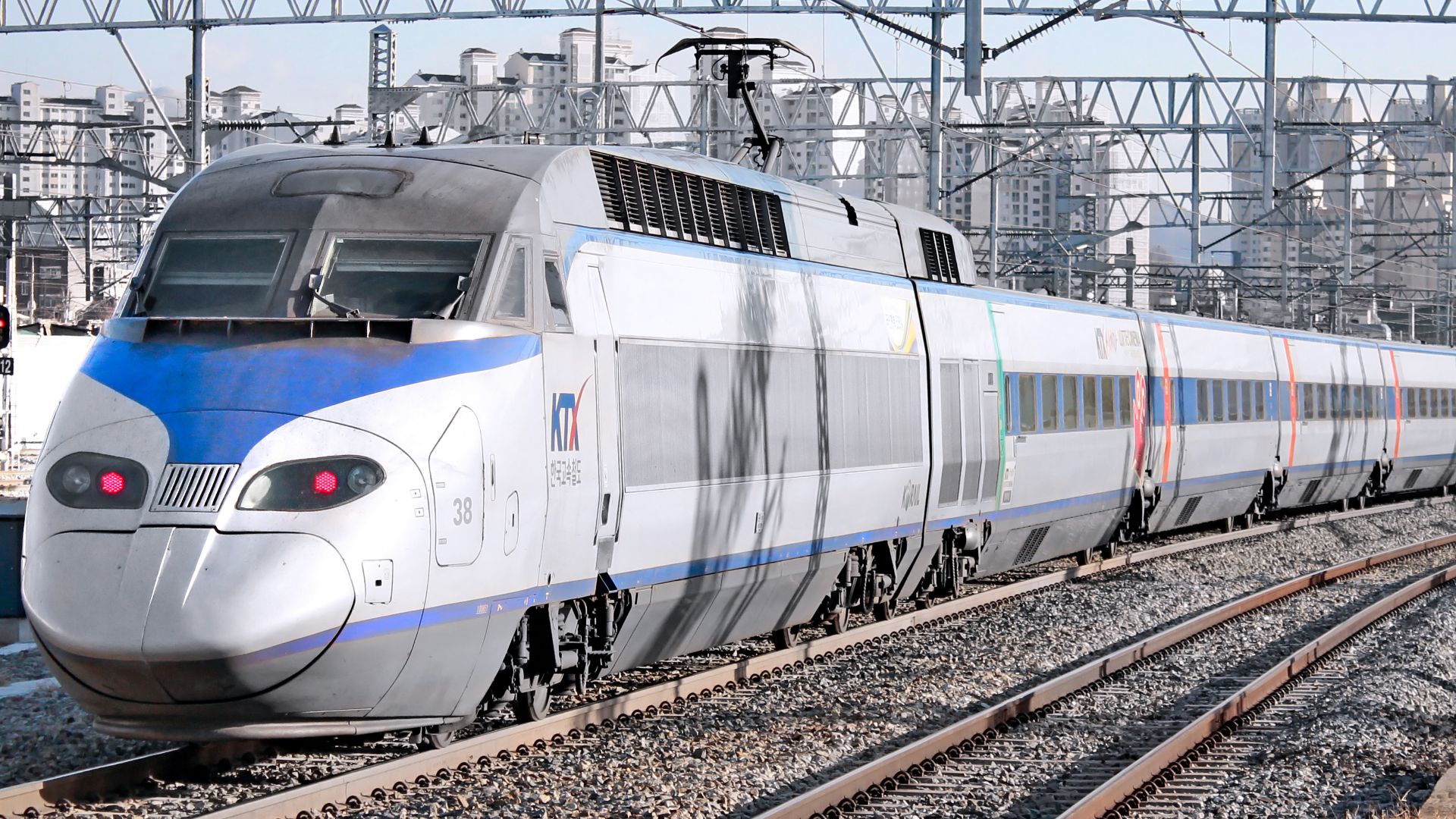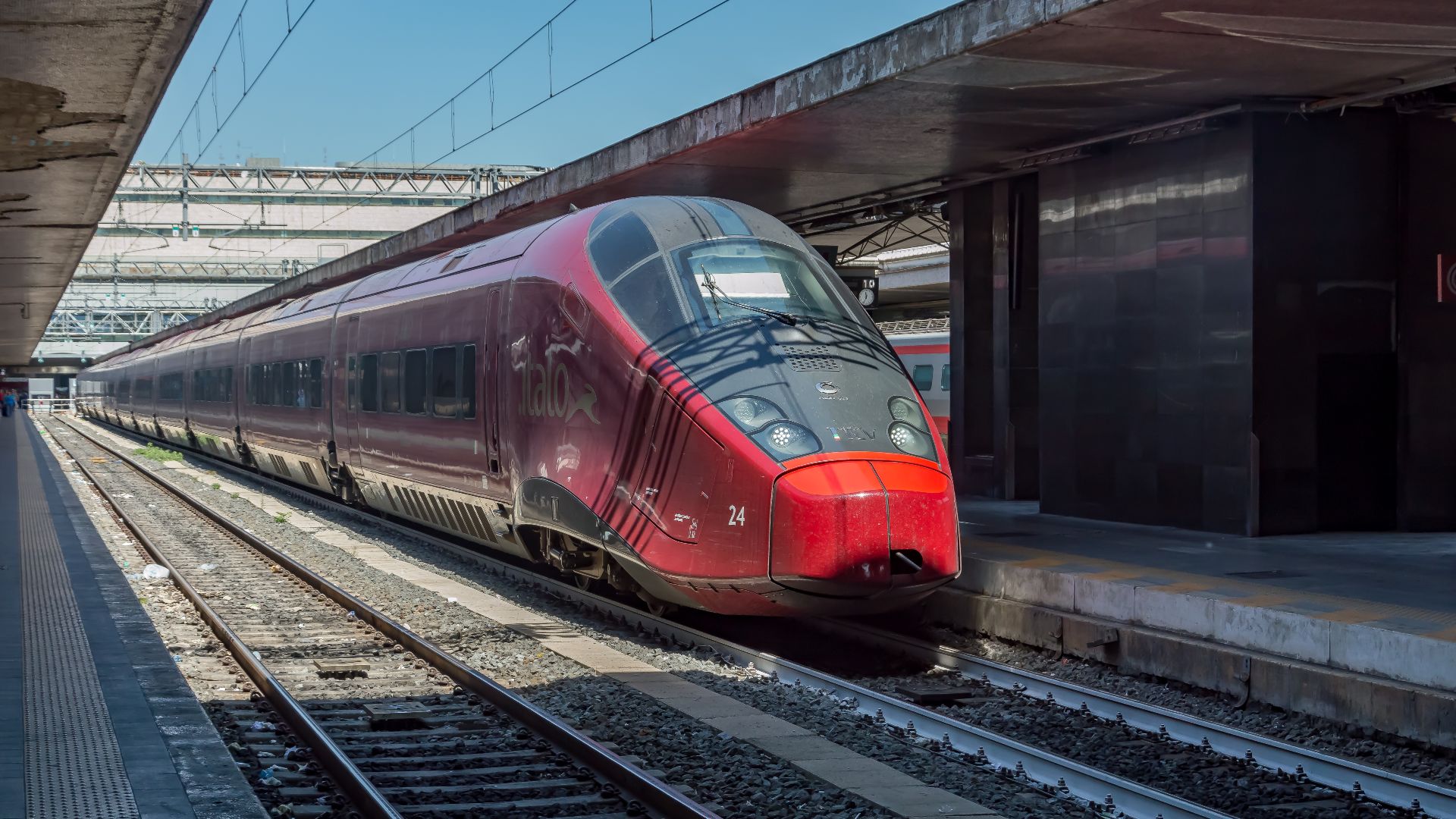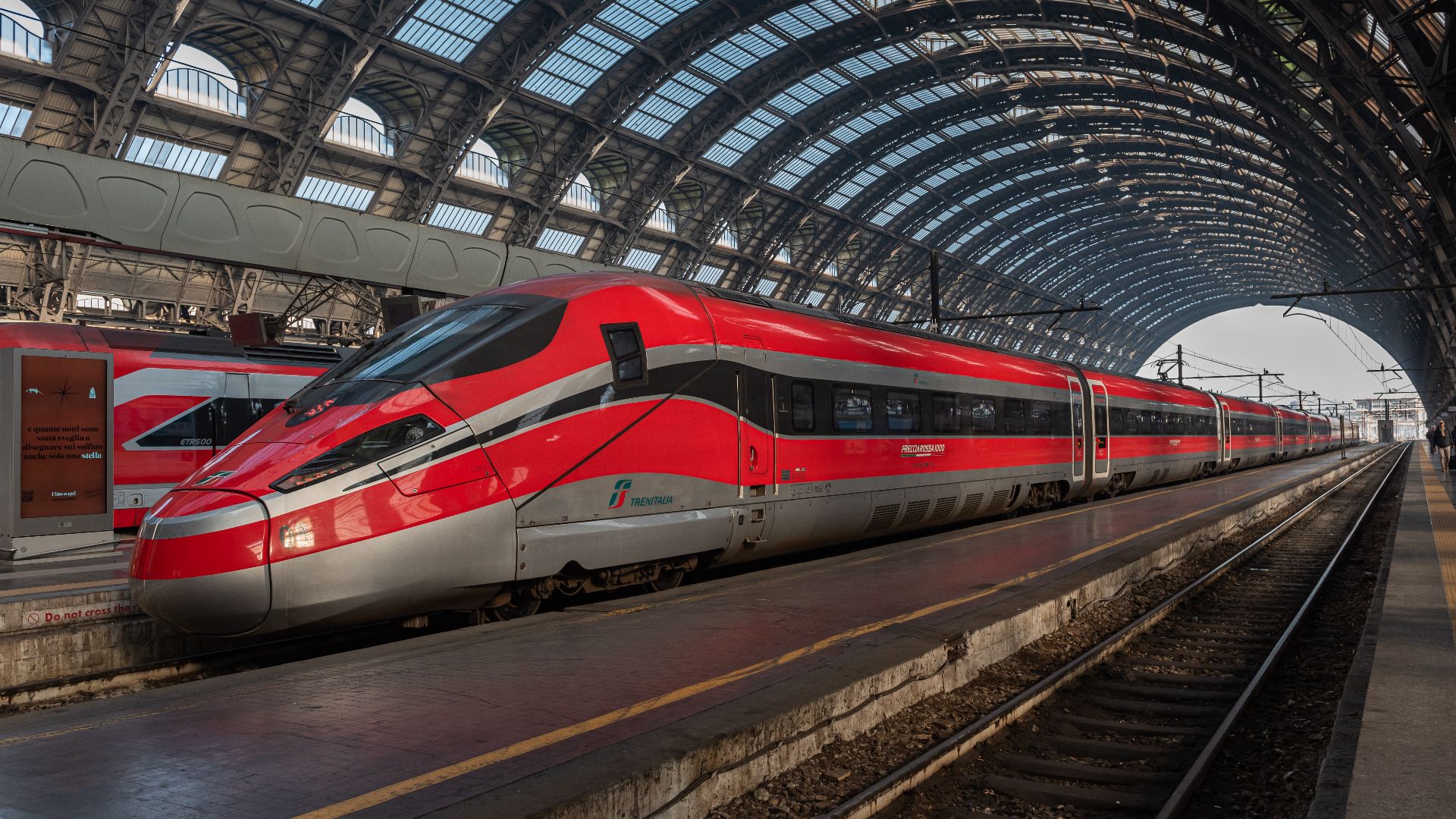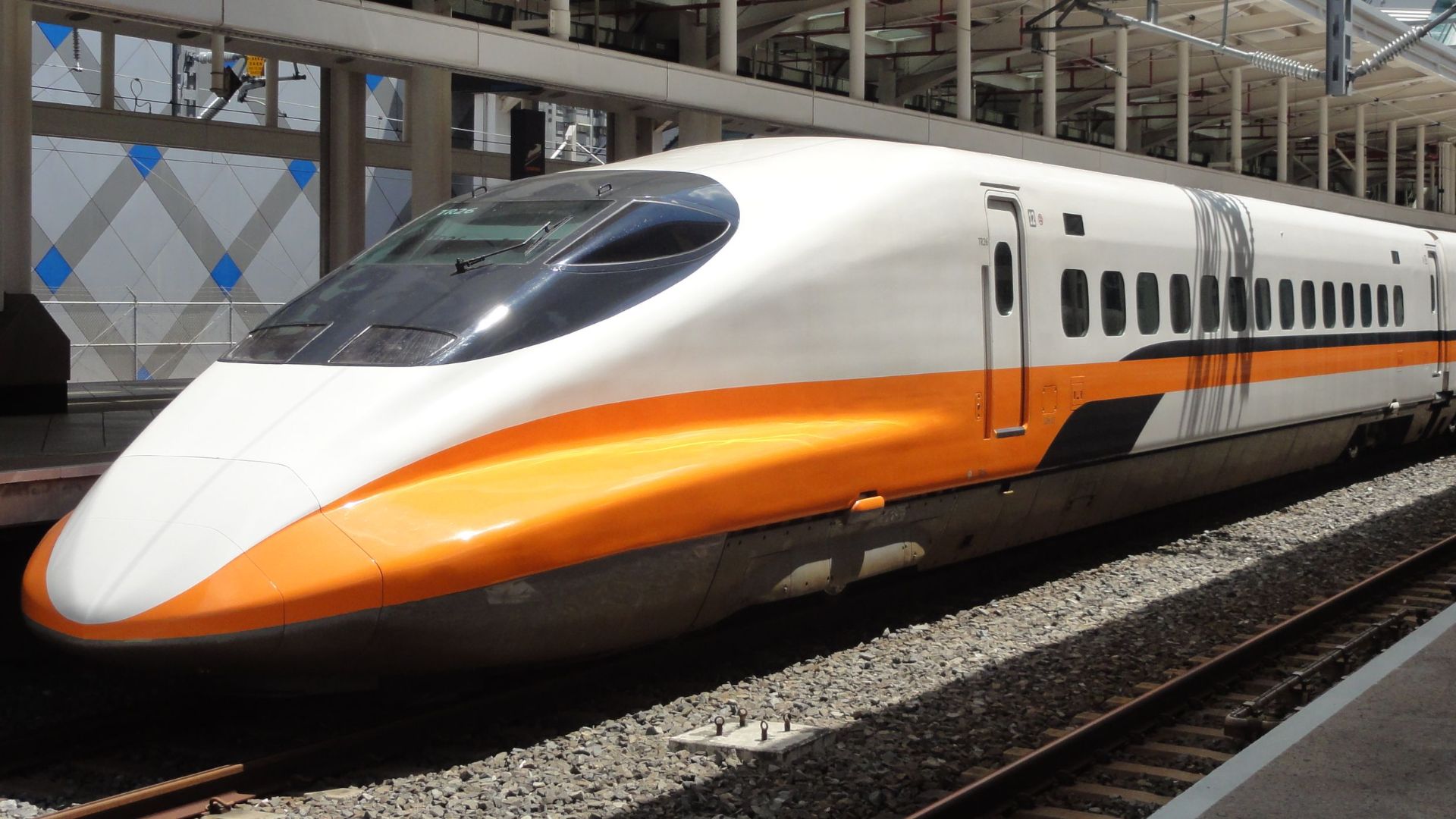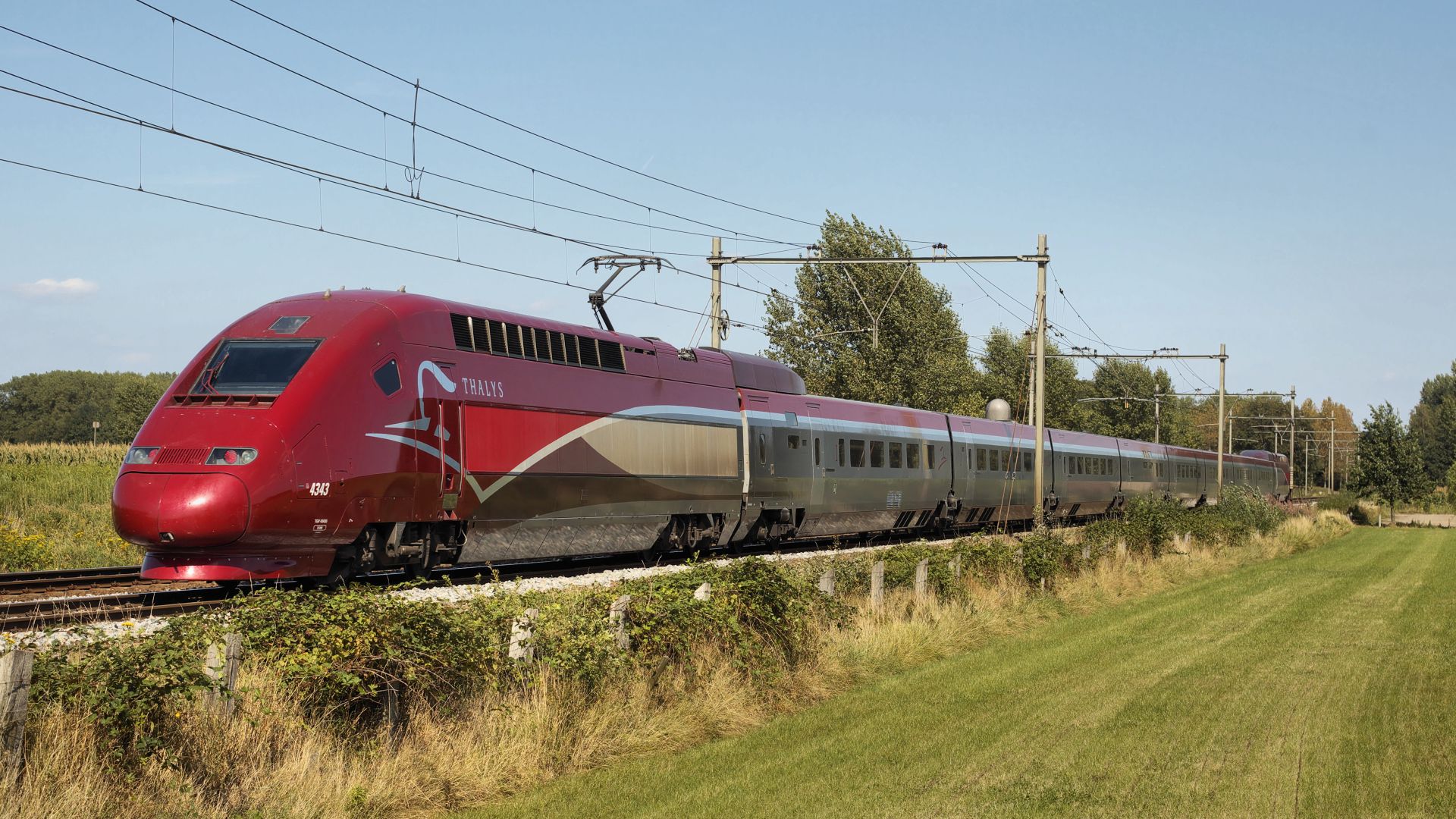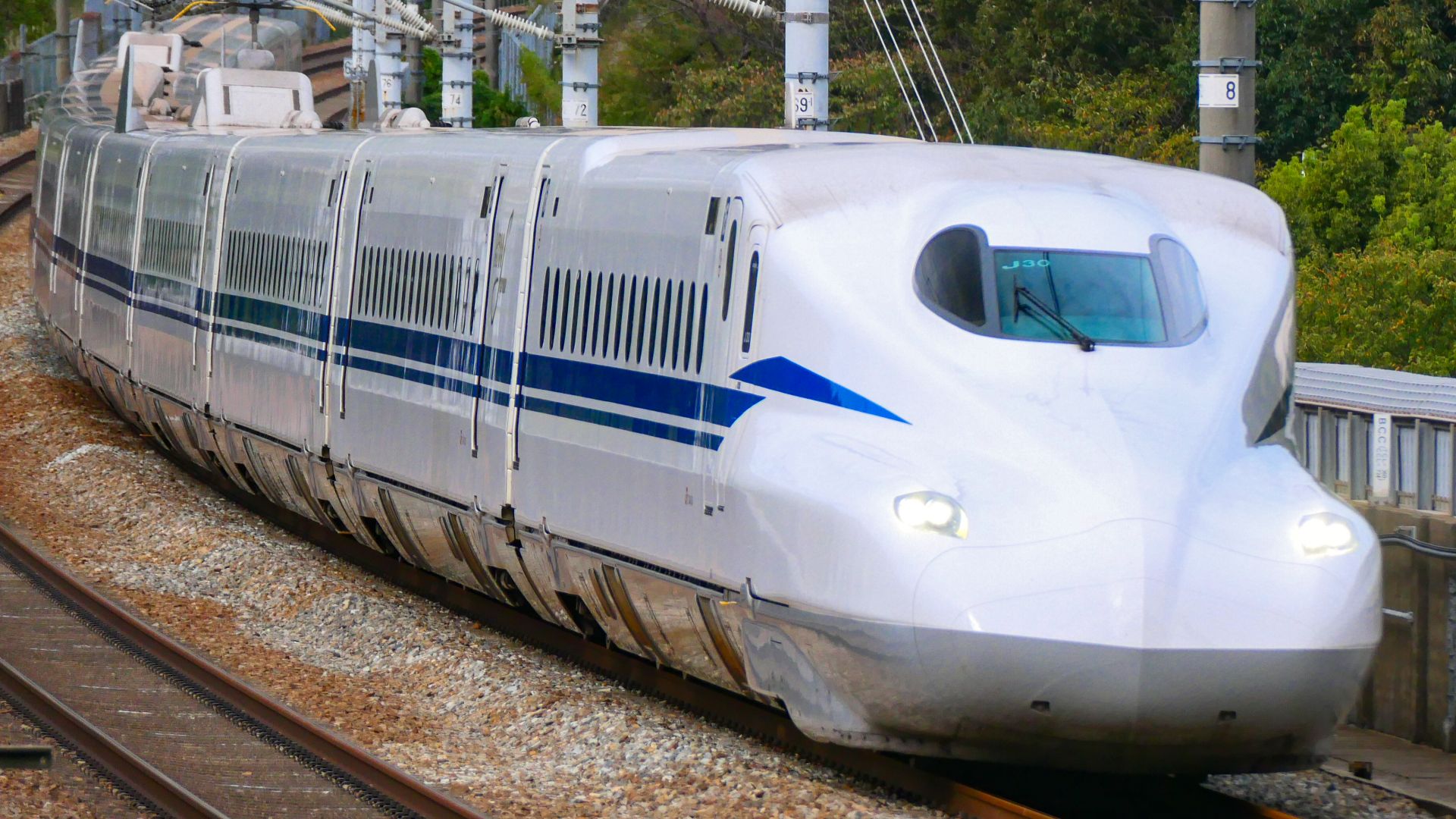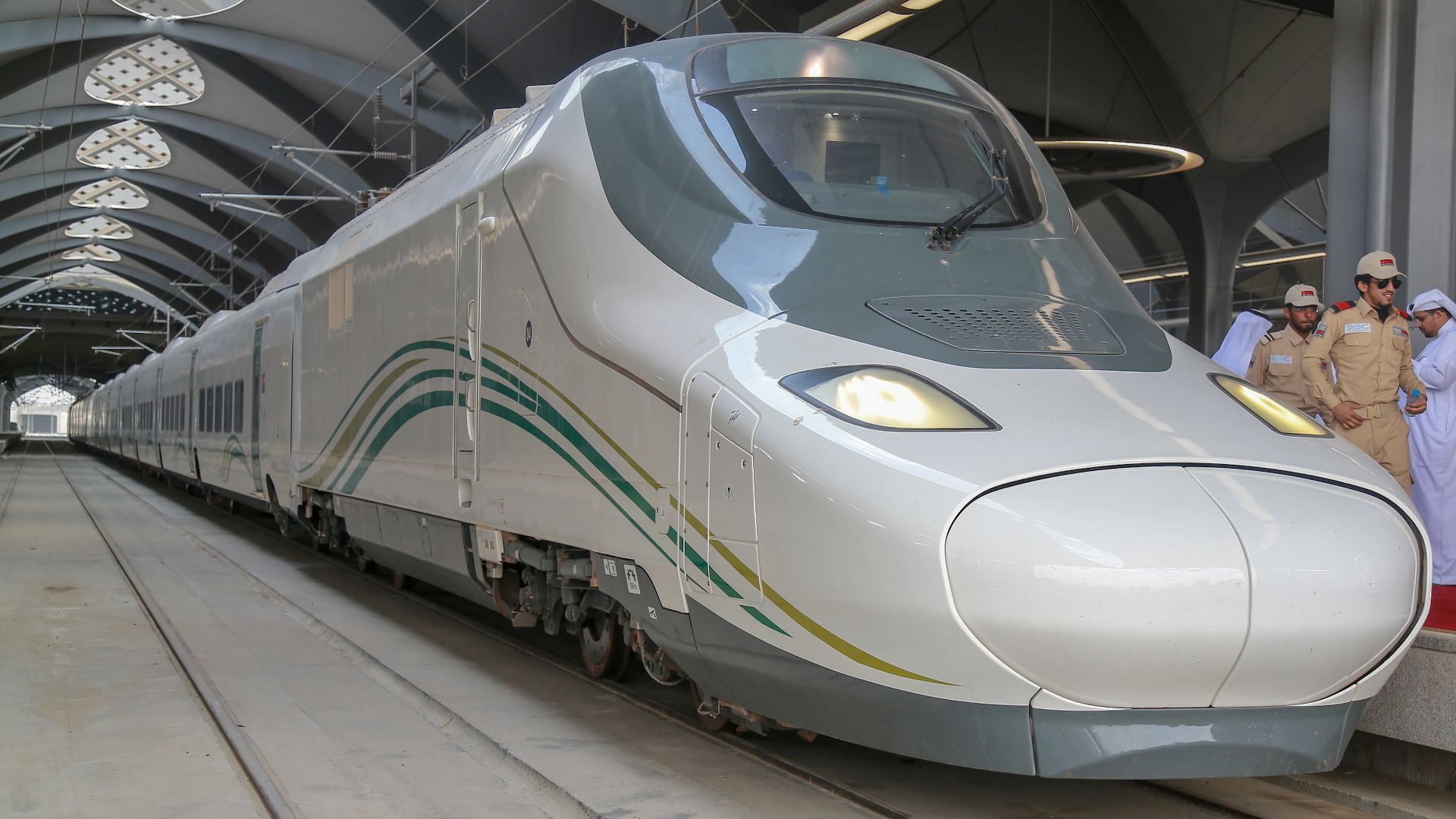Faster Than A Speeding Bullet
Speed, comfort, and silence—bullet trains offer a unique kind of travel many people have never experienced. Sadly, only a few countries have truly leaned into this technology, while large parts of the world still anxiously for it to arrive. But what makes these trains so special? And how fast can they really go? Let's explore the world's 20 fastest bullet trains!
1. Fuxing CR400AF, Beijing-Shanghai (217 mph)
Beijing and Shanghai sit 819 miles apart, yet the Fuxing closes that gap in just 4.5 hours. The 1,361-foot trainset is capable of carrying a total of 1,193 passengers. It also performs reliably in sandstorms, snow, and temperatures that plunge to -40°F.
2. CRH380A Hexie, Wuhan-Guangzhou (217 mph)
The CRH380A, better known as “Harmony,” lives up to its name by uniting advanced speed with thoughtful engineering. Its aerodynamic nose reduces resistance for greater efficiency, and regenerative braking delivers 800 kWh back to the grid.
3. CRH380B, Harbin-Dalian (217 mph)
Northern China’s harsh winters demanded a special train, and the CRH380B answered that challenge. It’s engineered on Siemens Velaro technology, originally developed in Germany and adapted worldwide. The train handles icy winters effortlessly, even at -40°F.
4. Whoosh, Jakarta-Bandung (217 mph)
Indonesia entered the high-speed era in 2023 with Whoosh, the nation’s first system of its kind. The line shrank the Jakarta–Bandung trip from 3 hours to just 45 minutes by using the CR400AF-based technology adapted for tropical conditions.
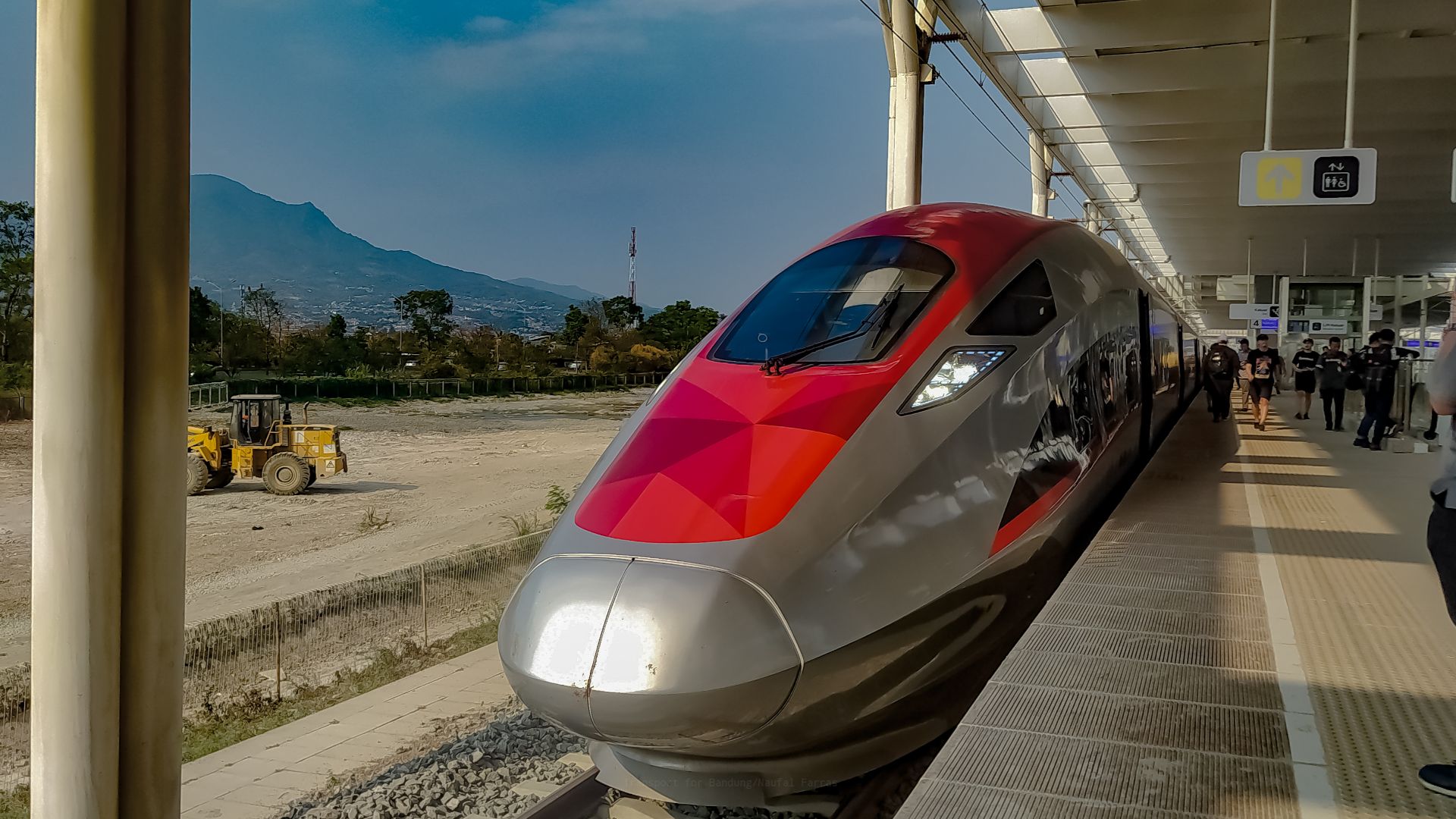 NFarras for Transport for Bandung on Wikimedia
NFarras for Transport for Bandung on Wikimedia
5. CRH380D, Shanghai-Hangzhou (217 mph)
A 126-mile journey between Shanghai and Hangzhou now takes only 45 minutes thanks to the CRH380D. Belonging to the Bombardier Zefiro family, it also serves routes like Hangzhou–Ningbo. The train’s streamlined design reduces drag and noise, creating fast yet quiet journeys.
6. TGV Duplex, Paris-Marseille (199 mph)
The TGV Duplex doubles passenger numbers with its two-level design, seating 508 travelers in one train. Operated by SNCF, it runs major southern routes including Paris–Marseille. Its spacious interiors and innovative structure prove that high speed and high capacity can coexist.
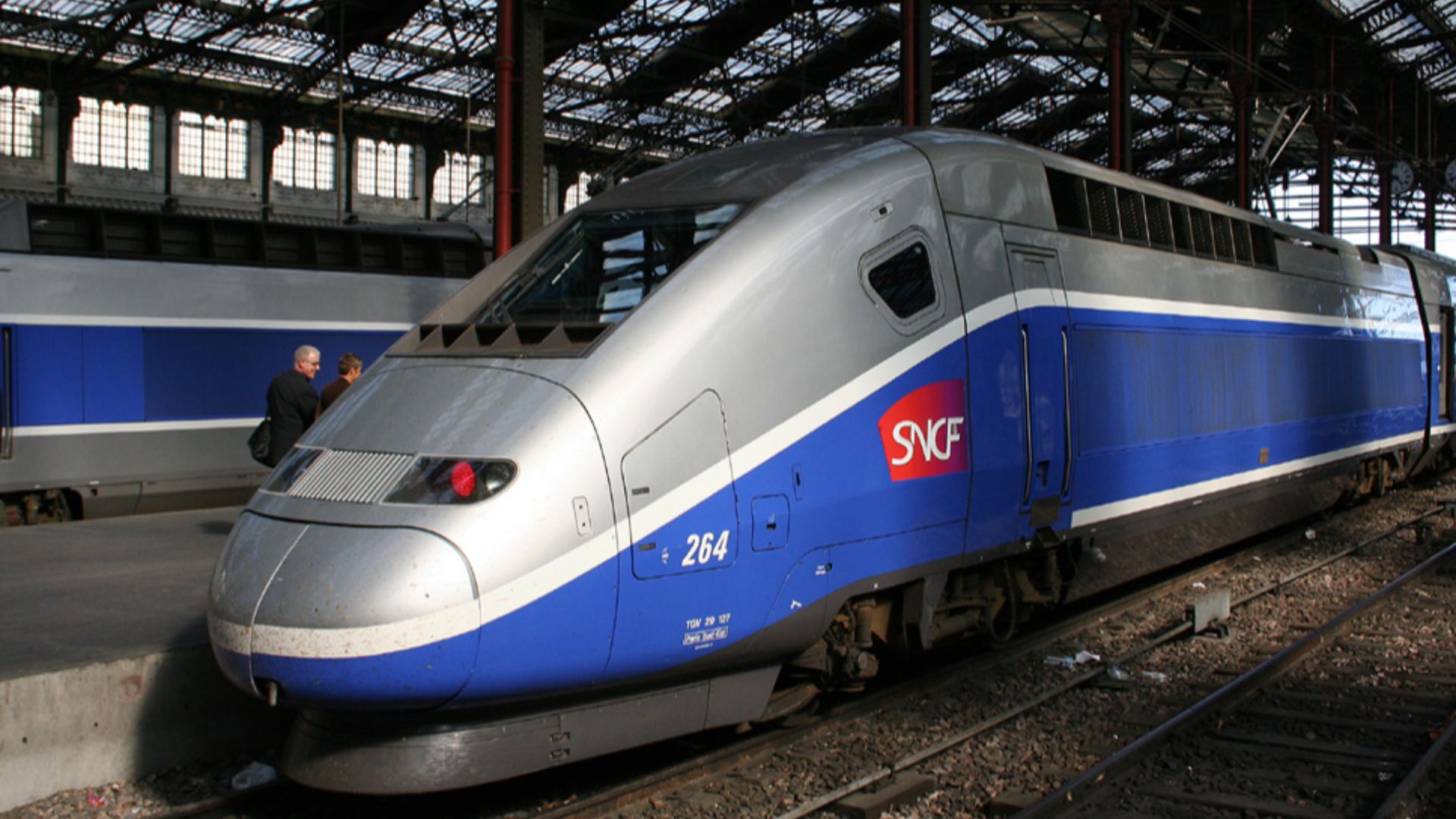 Sebastian Terfloth User:Sese_Ingolstadt on Wikimedia
Sebastian Terfloth User:Sese_Ingolstadt on Wikimedia
7. Shinkansen E5 Series, Tohoku Shinkansen (199 mph)
Passengers traveling the 419 miles from Tokyo to Aomori reach their destination in about 3 hours aboard the Shinkansen E5. Earthquake detection technology boosts safety, and its 49-foot nose minimizes tunnel booms. The E5 Series is now beginning to make its mark beyond Japan.
8. Al Boraq, Tangier-Casablanca (199 mph)
The name honors a mythical creature associated with speed, a symbol that fits a service. Launched in 2018, Al Boraq brought Africa into the high-speed era. Engineered with French TGV technology, it was tailored for hot desert conditions.
9. TGV POS, Paris-Strasbourg (199 mph)
French engineering reached new heights with the TGV POS, which links Paris and Strasbourg in under 2 hours. Operating on the LGV Est with tri-current power, it also set the world record for rail speed in 2007 at 357.2 mph.
 Francisco Welter-Schultes on Wikimedia
Francisco Welter-Schultes on Wikimedia
10. ICE 3 Velaro, Cologne-Frankfurt (199 mph)
The ICE 3 Velaro links Cologne with Frankfurt in just over an hour. Designed for seamless cross-border service in Western Europe, it offers space for 444 passengers across eight cars. This train’s distinctive aerodynamic profile has become a hallmark of German engineering.
11. Shinkansen H5 Series, Hokkaido Shinkansen (199 mph)
Built for northern Japan, the H5 is a cold-weather variant of the E5. It’s handled by JR Hokkaido, and it maintains speed even in heavy snow. With 512 miles between Shin-Hakodate and Tokyo, this model can cover the distance in only 4 hours.
12. AVE S-103, Madrid-Barcelona (193 mph)
Spain’s AVE S-103, developed on Siemens Velaro technology, carries 404 passengers in eight cars. The train’s premium class offers chef-prepared Spanish meals, turning travel into an experience. It highlights how efficiency and luxury can share the same track.
13. KTX-I, Seoul-Busan (190 mph)
Introduced in 2004, this bullet train marked Korea’s entry into high-speed travel. The KTX-I connects Seoul and Busan in 2 hours and 15 minutes. Adapted from France’s TGV, it suits the country’s varied terrain while carrying up to 935 passengers per trainset.
14. Italo AGV, Rome-Milan (186 mph)
The Italo AGV connects Rome and Milan in less than 3 hours under NTV, Italy’s first private high-speed operator. Passengers have the luxury of enjoying leather seating and free Wi-Fi inside. The construction also uses 98% recyclable materials, which sets a strong standard for sustainability.
15. Frecciarossa 1000, Turin-Naples (186 mph)
Ferrari’s famous red inspired the design of the Frecciarossa 1000, giving it a striking aesthetic on Italy’s rails. Trenitalia operates this flagship service, which also features onboard dining with authentic Italian cuisine. The 441-mile Turin–Naples route takes between 5 and 6 hours.
16. THSR 700T, Taipei-Kaohsiung (186 mph)
The THSR 700T brings Shinkansen technology to Taiwan with a design adapted for safety. Automatic Train Control halts services instantly during earthquakes, reassuring passengers on every trip. Travelers also enjoy Taiwanese-inspired bento boxes, a detail that adds regional culture to modern rail innovation.
17. ETR 500, Rome-Florence (186 mph)
When the ETR 500 entered service in 1992, it signaled Italy’s arrival on Europe’s high-speed stage. Operated by Trenitalia and later branded the “Red Arrow,” it became a national icon. Even today, it runs the 162-mile Rome–Florence route in just 1.5 hours.
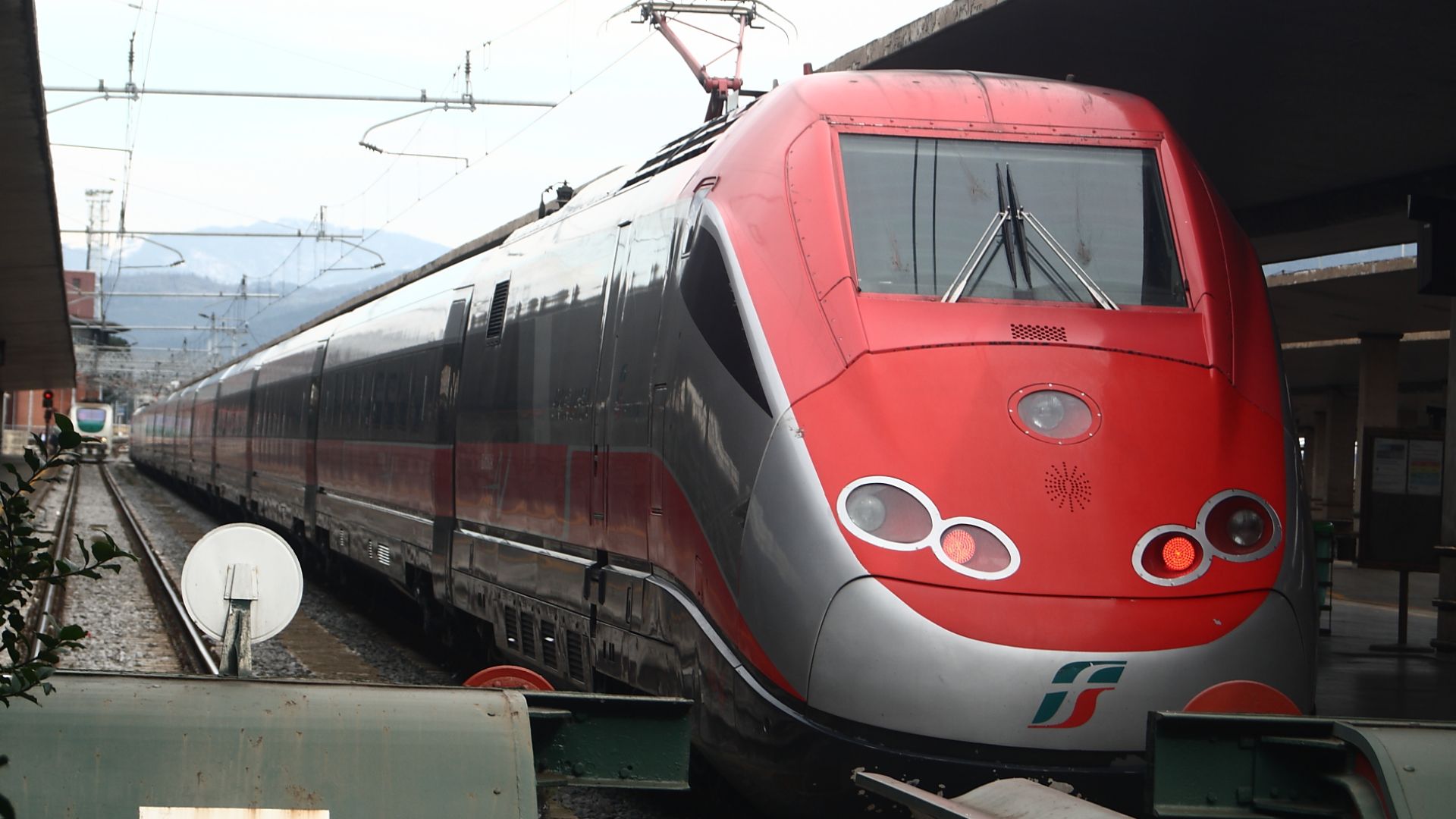 Matthew Black from London, UK on Wikimedia
Matthew Black from London, UK on Wikimedia
18. Thalys PBKA, Brussels-Paris (186 mph)
The Thalys PBKA offers an international experience with multilingual crews serving passengers across borders. Linking Brussels and Paris, it completes the trip in only 1 hour and 22 minutes. Onboard, a bar car awaits with Belgian beers and French wines, which adds a regional flavor to the journey.
19. Nozomi N700S, Tokaido Shinkansen (186 mph)
Nicknamed “Supreme,” the Nozomi N700S showcases Japan’s most advanced Shinkansen technology. Its safety systems include ATC, emergency braking, and even a backup battery to guarantee secure operations. With these protections in place, passengers travel the 320-mile route between Tokyo and Osaka in confidence.
20. Haramain High-Speed Train, Mecca-Medina (186 mph)
The Haramain was built to withstand desert heat and the force of sandstorms, but resilience is only part of its appeal. Stations there are lined with marble and cooled with air conditioning to offer comfort to millions of pilgrims. Devoitees can make the 280-mile journey in just 2.5 hours.


